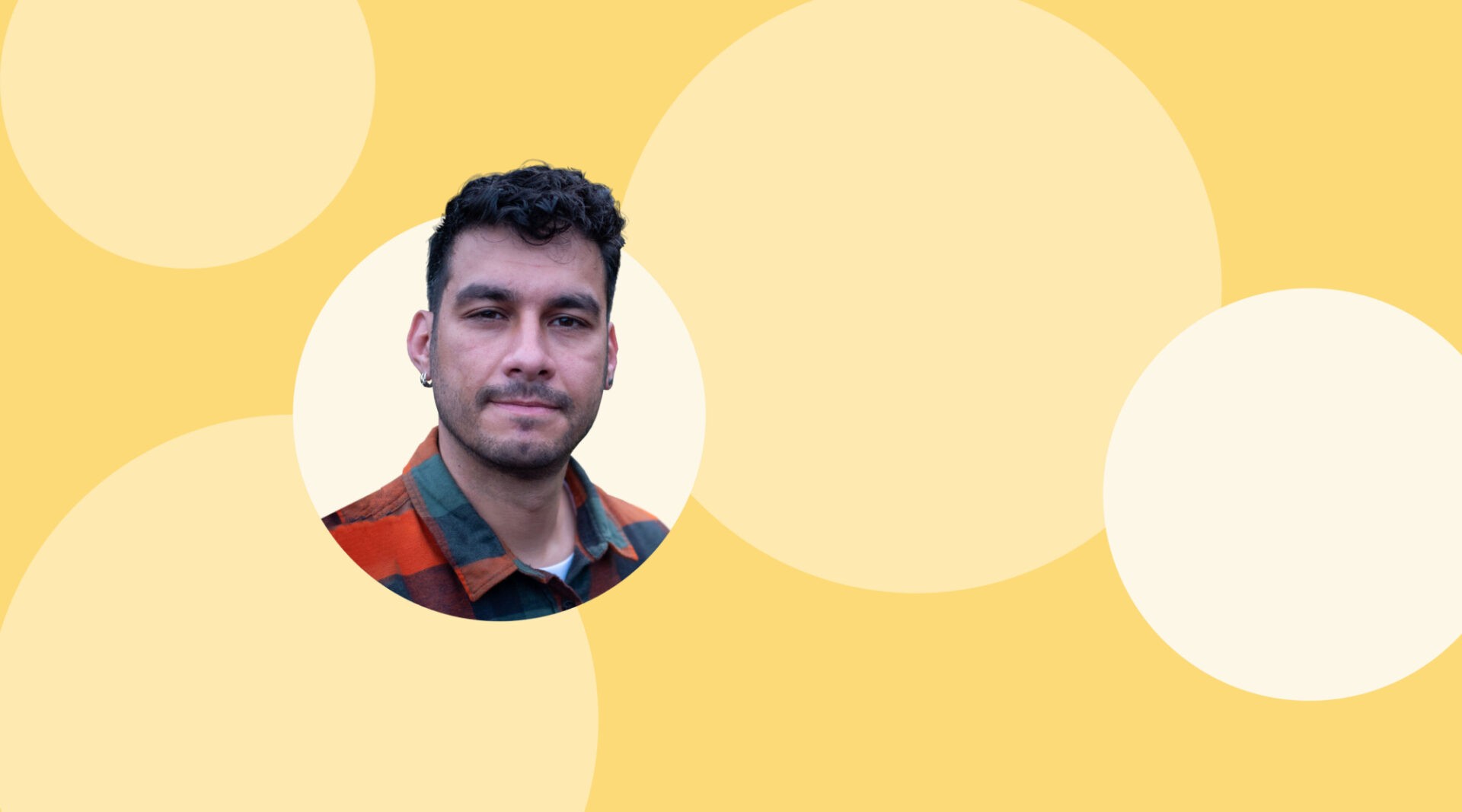Bruno Quint
he/him
Bruno is a scientist at Rubin Observatory working at the construction site in Chile–he’s helping install and make sure all the parts of the observatory work together like they’re supposed to.
Highlights
Was an astronomer at Rubin’s neighbor observatories before joining Rubin
Is a photographer who also takes night sky photos
Is a black belt in ninjutsu, the martial arts of ninjas (formally named Bujinkan Budo Taikutsu)
What do you get when you cross a scientist, an (astro)photographer, and a black belt in the ninja martial art of ninjutsu? Rubin Observatory scientist Bruno Quint, of course!
That’s a lot in one sentence, so let’s start at the top. Bruno is a commissioning scientist with Rubin Observatory, which means he looks at the many parts of Rubin that have been built separately around the world, testing them and making sure they all work together—and developing solutions if something doesn’t work right. A lot of Bruno’s tests have to be done before the components can be combined up on the observatory’s dome level. This means that the testing process alone involves a lot of wiring, cables, and engineering! “Even though everybody is stressed, we get each other's backs,” he says about the general mood at the summit.
As a young student in southern Brazil, Bruno’s first engineering experience was in a mechanical design class. The class inspired him to work towards being a mechanical technician, but college engineering programs in Brazil were ultra-competitive and Bruno ran into obstacles as he started applying for them. So he went for a physics degree and learned about optics—like mirrors and lenses—for the first time. “[Doing scientific research in] astronomy was too mainstream,” he laughs. “It was a pop group of the university.”
Instead, Bruno focused on building instruments for astronomy, rather than studying galaxies or planets. He continued to São Paulo for a PhD, where he worked to build a new imager for the Southern Astrophysical Research (SOAR) telescope on Cerro Pachón (next door to Rubin!). His PhD went in a way that’s pretty typical for researchers trying to solve a problem no one’s solved before: “We had an instrument with an idea and it didn't work, so we tried this and it didn't work. We tried this. Didn't work…in the end we just put a piece of it inside another instrument and then it worked,” he said. After working at SOAR after his PhD, Bruno spent some time writing data processing code as a software engineer at Gemini Observatory (also next door to Rubin) before finally joining the Rubin team.
When he’s not testing the many parts of Rubin that all have to work together, Bruno is often outside the observatory, particularly at night, taking photos of the sky. But his photos are of a wide range of different things, beyond the night sky, and he collects many of his favorites on his Flickr page. “It started in 2012ish…I was going to many conferences outside of Brazil and I wanted to bring the world to my grandma,” he says. Outside of photography, Bruno is a black belt martial artist—he’s tried several different varieties since childhood but found ninjutsu while in São Paolo. “It helps me get centered with breathing, with thinking clearly, and getting awareness of what is happening [in stressful situations],” he says.
That’s been a useful skill as he’s navigated the world as a gay, disabled man. While Bruno’s time in São Paulo was productive professionally, he found himself in a new city, away from friends and family, within a month of graduating with his Bachelor’s degree. Not all of his family accepted his coming-out, and he also struggled to find a support system and acceptance in São Paulo. On top of that, he soon had to grapple with the onset of an immunodeficiency disorder. But Bruno says his hardships have made him more empathetic and understanding toward others. They’ve also led him to where he is now. “I'd never really expected that I would be in such an amazing place,” he said of his work with Rubin. “If you asked me if I’d choose to have a different path, I would have done the same thing again. I am what I am because of all of that.”
While Bruno’s journey has been full of ups and downs, they’ve actually brought him a sort of consistency, and his martial arts training has helped bring a sense of centering and calm. He reminds us that “if you are in a bad situation, it's going to get better. If you are in a good situation, it's going to pass and you have to be prepared for that. But most of all remember that you are not alone.”
Lightning round Q&A: Get to know Bruno better!
What animal would you swap places with for a day?
A wolf
What is a food or meal that you could eat for a week straight?
Well-prepared sushi—the sushi here in La Serena is not the best.
If you could travel back in time to any period in history, what period would you go to and why?
Feudal Japan for obvious reasons, I am a big fan of Japanese culture.
If you could live in any fictional universe, which one would it be?
One Piece!
What is your most used emoji?
🙏 the pray emoji (writer’s note: also means “thank you” in Japanese culture!)

